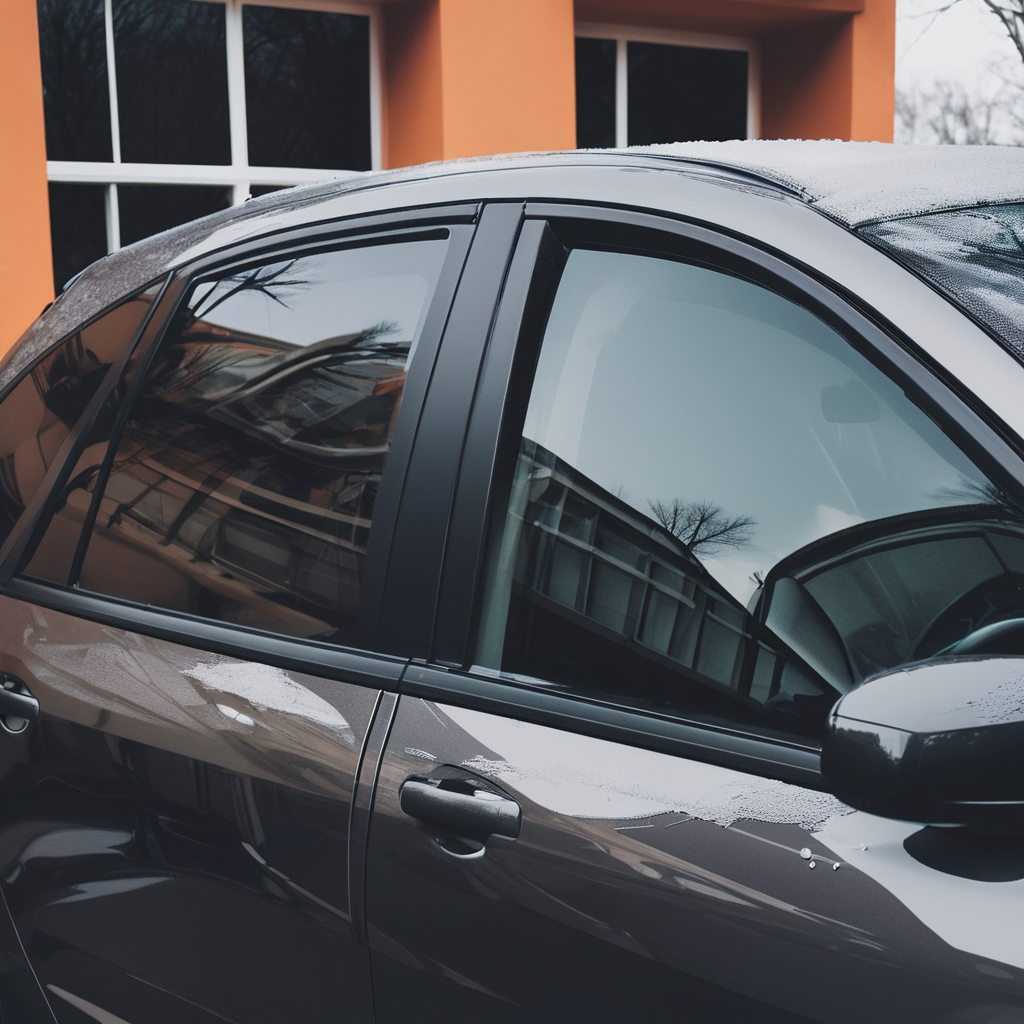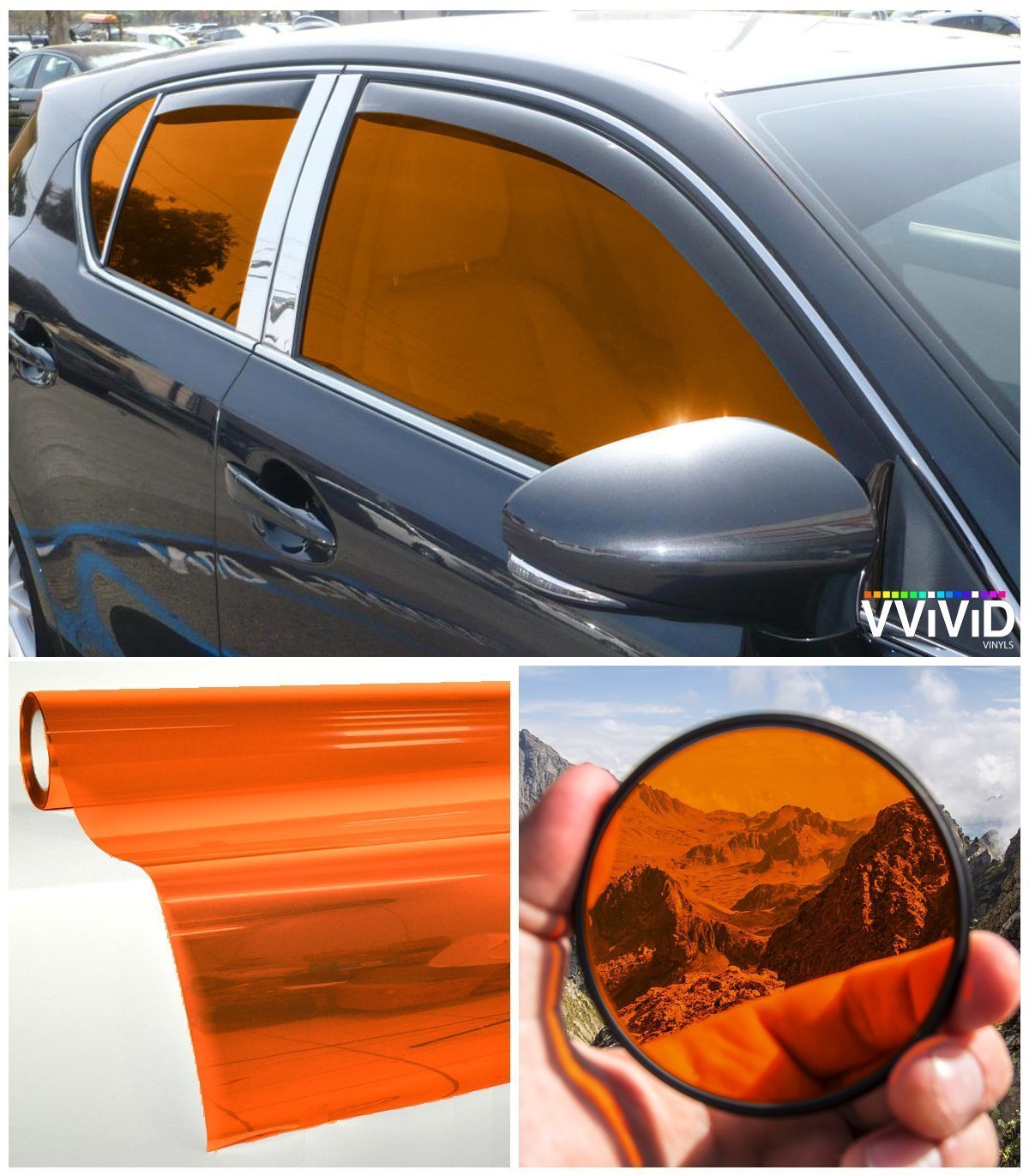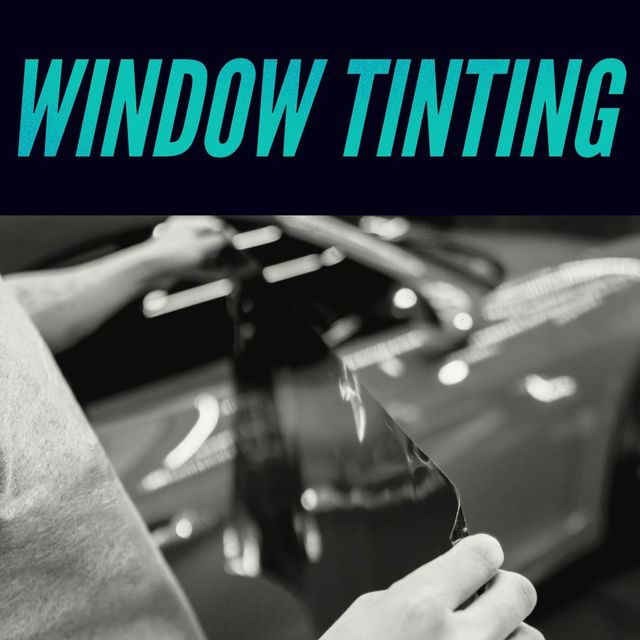Automobile Window Tinting: What to Expect Throughout the Setup Process
Home Window Tinting Laws and Guidelines: What You Required to Know Prior To Tinting Your Cars And Truck
Before proceeding with window tinting for your car, it is crucial to familiarize yourself with the varied legislations and standards that govern this method throughout various states. These policies determine the allowable levels of tint darkness, typically measured by visible light transmission (VLT) portions, and consist of specific specifications for front windscreens intended at ensuring roadway security.
Introduction of Home Window Tinting Regulations
Window tinting regulations are regularly subject to variation throughout various jurisdictions, reflecting neighborhood policies and safety and security considerations. These laws determine the allowable degrees of color darkness and reflectiveness on lorry windows, guaranteeing that drivers keep appropriate visibility while likewise securing against dangerous UV rays and warmth.
The majority of policies categorize window tinting based on the Visible Light Transmission (VLT) percentage, which suggests the quantity of light that can pass through the window. Usually, reduced VLT percents indicate darker colors. Legislations usually set apart in between the front, side, and back windows, with more stringent constraints put on the front windscreen to boost safety for both the motorist and various other road individuals.
Additionally, some territories enforce limitations on the reflectivity of the color, stopping extreme glow that can impair exposure. Exceptions to these legislations may exist for people with details clinical conditions requiring added sunlight protection. Conformity with window tinting policies is critical, as violations can cause fines, compulsory removal of the color, and prospective rises in insurance policy premiums. It is necessary for automobile owners to acquaint themselves with regional laws prior to proceeding with window tinting setups.
State-by-State Color Regulations
Understanding the specific home window tinting guidelines in each state is vital for vehicle owners seeking to follow the legislation. Each state in the U.S. has actually established its own collection of regulations regulating window tinting, which can differ dramatically. These policies commonly dictate the permitted levels of color darkness, the kinds of home windows that can be tinted, and any type of medical exceptions that may use.
For example, states like California have rigid limitations on color darkness for front home windows, while others, such as New Mexico, may allow darker tints. In addition, particular states mandate specific exposure percentages for various home windows, including the windshield, front side windows, and back home windows. It is crucial for auto proprietors to familiarize themselves with their state's laws to prevent prospective fines or fines.
In addition, some states might require a certification sticker to be put on tinted home windows, suggesting conformity with state regulations. Failing to abide by these guidelines not just risks lawful effects yet can likewise impact safety and security and visibility while driving. Consequently, automobile proprietors should conduct complete research study or get in touch with regional authorities to guarantee full understanding and compliance with state-by-state color laws.
Allowed Tint Levels and Kinds
Numerous lorry proprietors might be surprised to find out that allowed tint degrees and kinds differ extensively throughout different states. Each state has actually established its own laws regarding the acceptable darkness and reflectivity of home window tint, frequently gauged by Visible Light Transmission (VLT) percentages. VLT refers to the amount of light that can travel through the colored home windows; hence, a lower percent shows a darker color.

In addition, the kinds of color products enabled can vary, with some states prohibiting metallic or mirror-like coatings. It is necessary for car proprietors to familiarize themselves with their state's certain regulations to make sure compliance. Non-compliance can result in penalties, compulsory elimination of the tint, or other legal consequences, making it imperative to recognize these regulations before continuing with installment.
Medical Exceptions for Tinting
While not all states provide allowances for clinical exemptions concerning home window tinting, those that do acknowledge the requirement for certain individuals to enhance presence and comfort due to clinical conditions. Different medical problems, such as lupus, skin cancer, and certain eye disorders, can provide people particularly conscious sunlight. These people might require darker tints to protect themselves from unsafe UV rays and glow.

It is essential to note that even with a medical exception, there may still be restrictions on the degree of color permitted. Compliance with state laws makes certain that people are both safeguarded original site and within legal limitations. Those thinking about clinical exceptions ought to call their regional Department of Electric motor Vehicles or comparable authority to comprehend the procedures and requirements needed to look for an exemption effectively.
Penalties for Non-Compliance
Stopping working to abide by window tinting regulations can lead to considerable fines, which differ by state. Police are empowered to provide citations for lorries that do not stick to the defined tinting policies. These charges typically consist of fines, which can range from moderate total up to several hundred dollars, depending upon the seriousness of the infraction and the state concerned.
In some jurisdictions, repeated offenses might result in escalating fines or extra fines, such as obligatory court looks. Non-compliance may demand the removal of unlawful tinting, frequently at the owner's cost. In extreme cases, regular culprits may deal with suspension of their vehicle enrollment until compliance is attained.
Furthermore, insurance effects may develop from getting numerous citations for home window color violations. Insurers might check out such infractions as a sign of riskier habits, potentially resulting in increased costs or trouble in protection.
To avoid these penalties, it is vital for automobile proprietors to acquaint themselves with their regional home window tinting laws and guarantee that their see here car complies (Window Tinting). This positive technique not just prevents lawful implications yet also promotes road safety
Conclusion

Most policies identify window tinting based on the Visible Light Transmission (VLT) percentage, which indicates the amount of light that can pass via the home window. Conformity with window tinting regulations is critical, as infractions can result in penalties, necessary removal of the tint, and possible boosts in insurance coverage costs.Recognizing the details home window tinting policies in each state is crucial for vehicle proprietors seeking to comply with the law. These regulations commonly dictate the allowed levels of tint darkness, the types of home windows that can be tinted, and any clinical exemptions that might apply.
For circumstances, states like The golden state have rigid constraints on color darkness for front windows, while others, such as New Mexico, may allow darker tints.